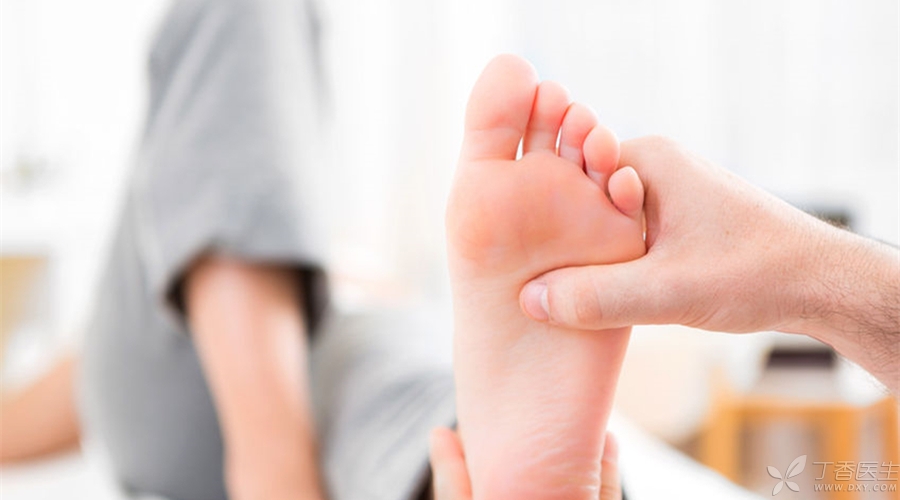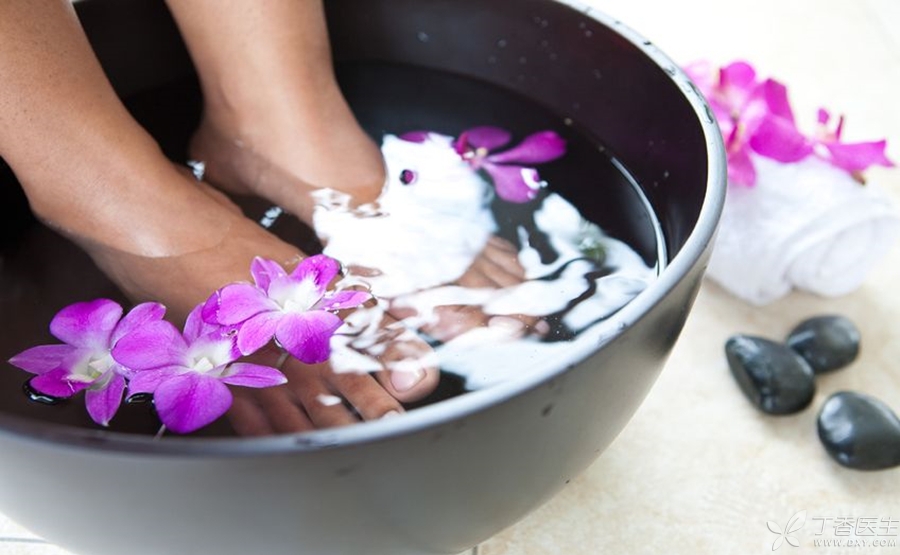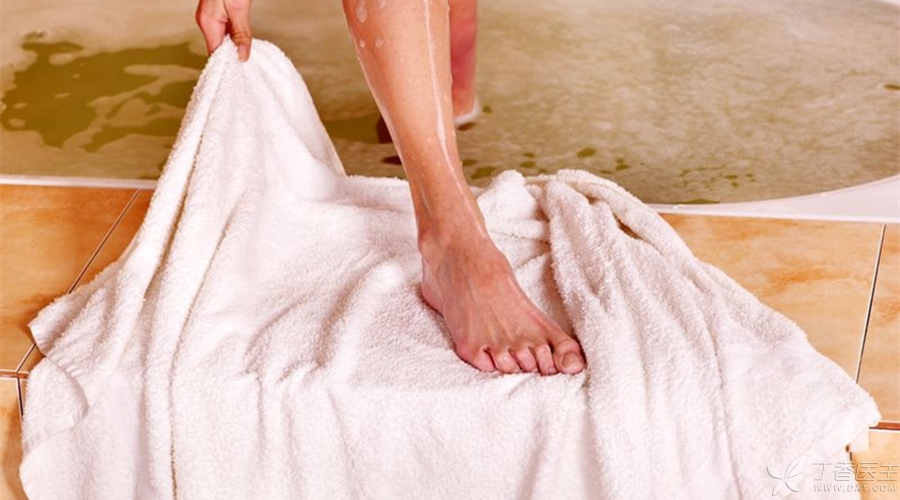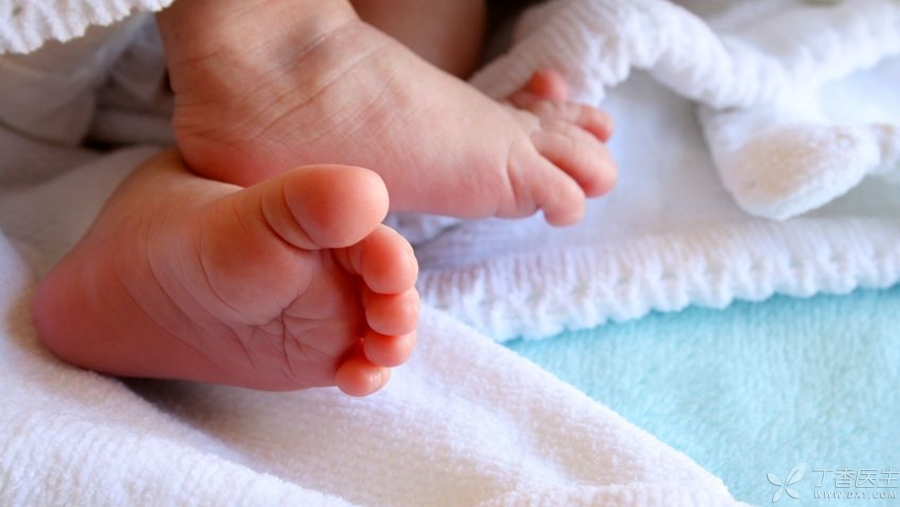
A few days ago, Dr. Clove saw a piece of news:

The uncle, by inventing a foot membrane that makes the foot skin peel off painlessly and then tear a cool one, started a company from a small employee and made a full 20 billion yen.
Can you make money by tearing your feet? Can you still make so much?
However, on the other hand, the peeling of feet actually troubles many people. After all, not everyone likes to stingy.
Today, Dr. Clove asked Dr. Li Zhiliang from the dermatology department to tell you about the countermeasures for peeling feet.
These methods are unreliable for treating peeling feet.
Peeling of feet is a very common phenomenon, but it is only a description of symptoms, not a diagnosis of diseases.
There are many kinds of skin diseases that cause pedicle pedicle, including tinea pedis (commonly known as beriberi), sweat herpes, exfoliative keratolysis, etc.

There are many folk treatments for peeling feet, such as soaking feet in hot water, adding vinegar and salt to soaking feet, applying garlic paste to feet, etc. A search on the Internet shows that there are many articles about the benefits of soaking feet with salt, vinegar and garlic paste. They can not only treat peeling feet, but also have the effects of strengthening body constitution, moisturizing skin and whitening skin. Are these all true?
In fact, the above methods have no scientific basis.
Hot water soaking feet itself has no therapeutic effect on peeling feet, and can only clean the skin. Once it is not grasped well, it will cause damage to the skin of the foot, such as soaking feet for too long (more than 20 minutes), and the water temperature is too high, which may destroy the barrier function of cuticle and skin.
For saline foot soaking and vinegar foot soaking, a simple medical common sense can refute: it is unreliable to talk about curative effect without concentration.
Except that it may be a little salty, the effect of soaking feet with low concentration of salt water is exactly the same as that of clear water. If the concentration of salt water is higher than that of human tissue fluid, the tissue fluid under the skin of the foot may seep out through the stratum corneum, which will make the skin on the foot appear wrinkled due to dehydration.
Low concentration vinegar soaking feet is the same as clear water soaking feet, which can only play a cleaning role. Too high a concentration will produce cutin exfoliation or corrosion, aggravate peeling symptoms, and have strong irritation, a few people may even cause foot skin ulceration.
The method of applying garlic paste to feet is also highly discouraged, because the ingredients of garlic are very complex, and some ingredients are likely to irritate the skin, cause contact dermatitis and aggravate the symptoms of peeling feet.
The above-mentioned methods not only have no relieving effect on peeling of feet, but also may even cause skin damage if not used properly. As for other “health preserving” effects, they are even nonsense.
Foot peeling, what should I do?

For mild pedicle without other symptoms, whether caused by tinea pedis or other skin diseases, it is actually self-healing.
Some people’s peeling of their feet will also have obvious seasonality, which will completely improve in a certain season.
This kind of situation can improve the symptoms and accelerate the improvement by applying more moisturizer.
In addition, attention should also be paid to:
- Change shoes and socks frequently in daily life; After washing feet every day, the residual water on the feet should be wiped clean in time to avoid soaking the feet and damaging the stratum corneum. The foot washing water should be cold or warm water without adding other ingredients.
In these cases, you need to see a doctor.

Some people’s peeling feet will be accompanied by plantar hypertrophy, blisters, ulceration, cracking, hyperhidrosis and other conditions, and may also be accompanied by severe pruritus: once such conditions occur, it means that they cannot handle them at home.
Because there are many possibilities for the above situations, such as moderate to severe tinea pedis or sweat herpes, secondary bacterial infection, allergic contact dermatitis, etc.
It may even be some other rare skin problems, such as palmoplantar pustulosis, palmoplantar keratosis, erythematokeratosis, exfoliative ichthyosis, epidermolysis bullosa, immune bullous diseases, etc.
Therefore, once there are other conditions besides peeling, it is difficult to get better with skin cream alone. If you encounter too long delay or irregular treatment at this time, it is likely to aggravate the disease. Therefore, the best way at this time is to go to the hospital in time.
It should also be noted that even professional dermatologists can hardly distinguish some situations with naked eyes, and some relevant examinations may be required to make a definite diagnosis in the hospital.
